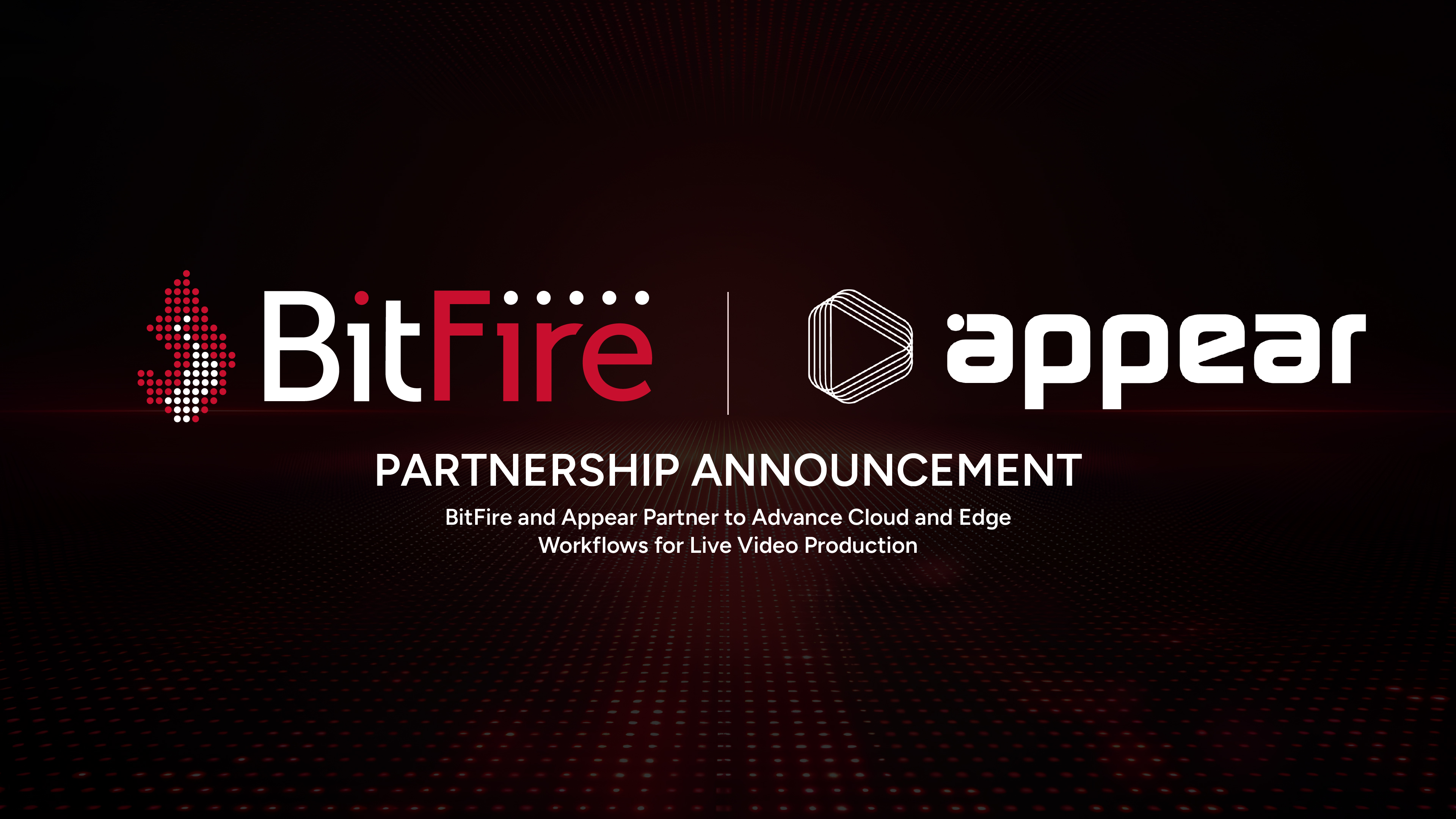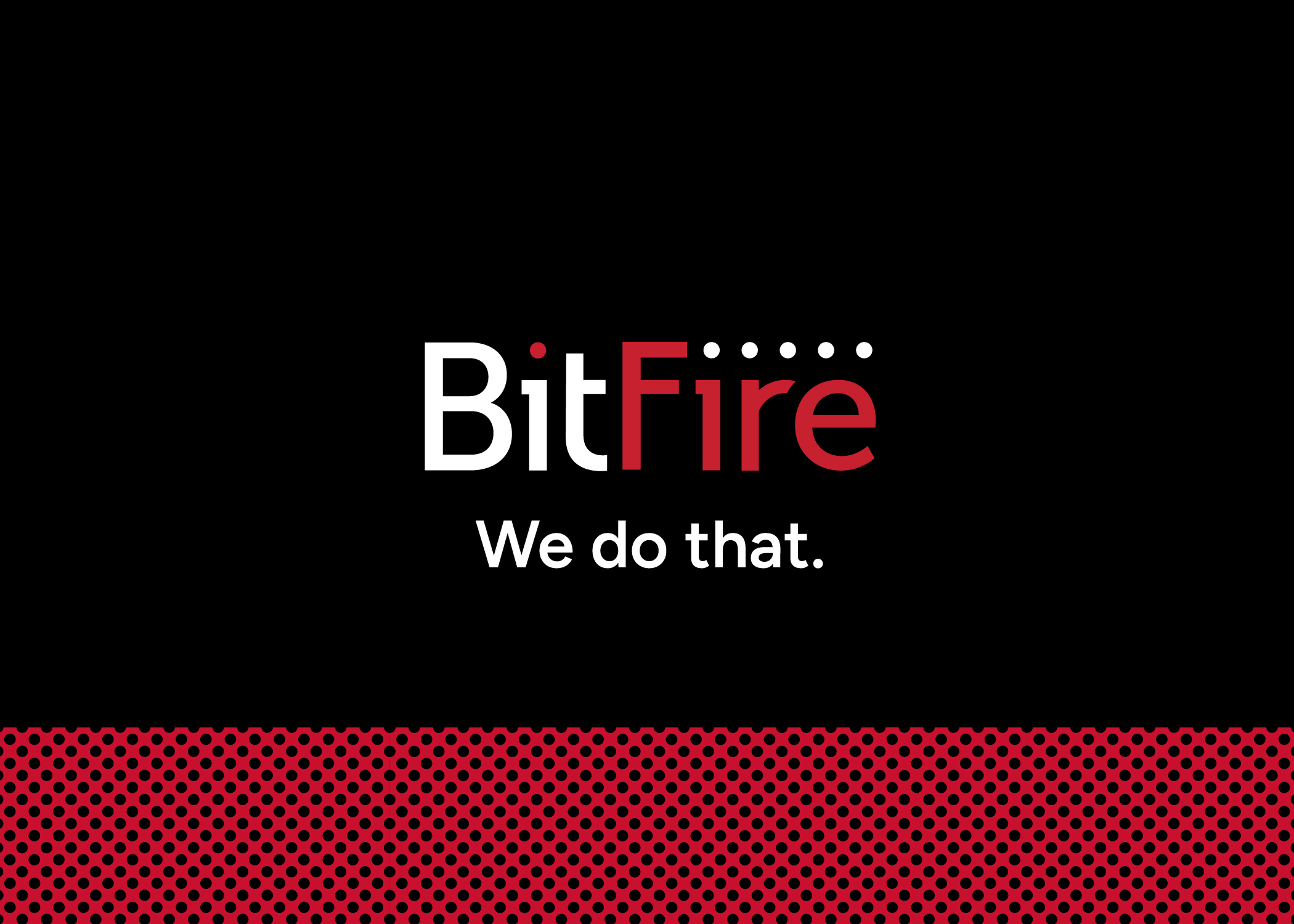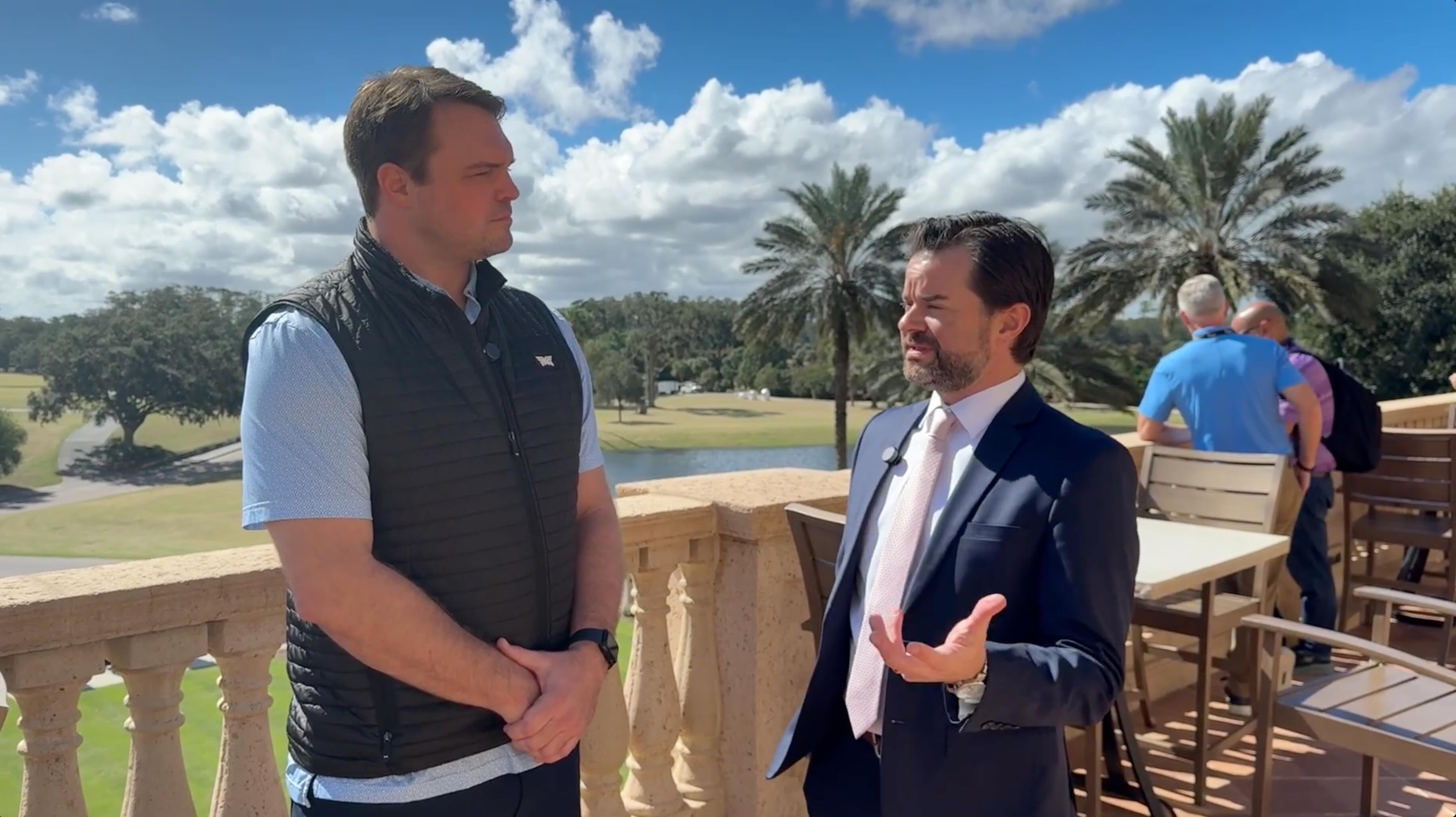Resources
Documentation
How-To Guides
Most Recent News & Updates

BitFire and Appear Partner to Advance Cloud and Edge Workflows for Live Video Production
BitFire, the leader in software-defined live production and IP transmission, today announced a strategic partnership with Appear, a leader in high-capacity, sustainable solutions for media processing and live content delivery. The collaboration integrates Appear’s high-density live contribution X-Platform with BitFire’s global transport network and cloud production ecosystem, offering broadcasters, sports leagues, and streaming platforms a faster, more flexible, and more reliable way to deliver live video from venue to viewer.
Appear’s compression functions and transport endpoints can now be paired with BitFire Engines, enabling direct ingest into BitFire’s Transport Network, providing high-quality, low-latency video contribution and distribution, and access to BitFire’s virtual production tools — including its Cloud Switcher, Cloud Replay, and FireBridge remote talent interface — to support remote control, monitoring, and distribution from anywhere.
“This partnership merges best-in-class edge encoding with professional IP transport and scalable cloud production,” said Jim Akimchuk, President and CEO at BitFire. “By combining Appear’s efficient encoding with BitFire’s flexible infrastructure, we’re removing traditional geographic and hardware constraints for all live content producers.”
The combined Appear and BitFire solution is designed for high-demand environments such as live sports and entertainment broadcasts, where near-instant transport and flawless quality are critical. Appear’s X Platform solutions, trusted globally for high-density encoding and decoding workflows, deliver high-quality feeds directly to BitFire’s best-in-class IP transport network and cloud production platform, supporting rapid deployment of cloud, REMI, and hybrid productions.
“Partnering with BitFire allows us to better serve the evolving needs of broadcasters and cloud operators by directly connecting our products with a world-class IP transport and cloud production provider,” said Andy Rayner, CTO at Appear. “Whether for global sporting events or full-time distribution, we’re collectively raising the bar for efficiency and quality in live production.”
The integrated solution is currently being evaluated by major sports and entertainment clients in North America and Europe, with full-scale deployments expected to begin in early 2026. Both companies will showcase the combined workflow at upcoming industry events, focusing on its scalability, cost-effectiveness, and reliability.

BitFire Does That!
Live production teams often discover BitFire when looking to solve a single problem. They have one primary need, such as a transmission path, a remote guest connection, or a fast way to move a feed from point A to point B, and the BitFire Platform takes care of it.
Then, another key production requirement surfaces, and the platform solves for that, as well. This is when we hear, “Oh! BitFire does that too?”
Each time a new challenge comes up, the BitFire Platform adapts, scaling to meet demand and enabling flexible deployment that helps teams stay agile, no matter how complex the production.
From One Workflow to an Entire Ecosystem
Content producers both large and small know that they can come to BitFire with a specific problem and find a reliable solution. Sometimes they need just one solution, and BitFire is their go-to, whether once a year or 50 times a year. Other times, they recognize the full scope of services we offer, and they see how the BitFire Platform can streamline entire live production workflows for them, with repeatable results show after show.
MLB Network is a perfect example of this evolution. Back in early COVID days, the network started with BitFire for simple broadcast contribution via FireBridge, our web-based service that connects video and audio signals to the BitFire Network for delivery. Fast forward to today, and MLB Network is using the BitFire Platform for full-scale cloud production, REMIs, and transmission.
Like other leading sports networks, as well as major broadcast and streaming companies, MLB Network has fully embraced the BitFire Platform. Why? Because the platform’s cloud-enabled environment and software-defined tools allow the network to realize new capabilities and build out new workflows without adding more single-use hardware. They can keep using the platform in different ways — and even use it to replace existing systems and workflows, further streamlining operations, increasing flexibility, and boosting cost savings.
Bring Us a Problem, We’ll Deliver the Solution
BitFire customers typically start with a question, not a feature or capabilities list. They may not even know what part of the platform they’re looking to use — and it doesn’t matter! Through creative problem-solving and with an infinitely versatile, software-defined production environment, BitFire delivers agile solutions that scale from a single camera feed to an entire live network. The BitFire Platform has an answer to just about any challenge an engineer or producer can bring. And when they call us first, it’s the only call they need to make.
Transport, cloud tools, control, and operation are the four pillars that make the BitFire Platform a uniquely robust and flexible solution for live production. At the heart of the platform, BitFire Transport provides secure, resilient, ultra-low latency transport of video, audio, and data, ensuring frame-accurate sync across a global network. Spark Production Environments leverage those resources — the video, audio, and data streams — to power the flexible, scalable cloud-native tools that make up BitFire's software-defined environment.
The Inferno Command Center supplies a centralized control layer that handles the management, orchestration, and execution of those resources, ensuring everything runs efficiently and in sync. And finally, FireBridge serves as the operator interface, giving users instant, browser-based access to control and monitoring of everything happening in the system.
Through this framework, BitFire delivers critical production tools that every live show depends on: the switcher, multiviewers, replay, and audio. The switcher and multiviewer give producers and TDs the familiar control they expect, without the physical limitations of traditional hardware. BitFire’s replay runs right alongside them, so there’s no need for separate record or playback servers; operators can clip, roll, and return feeds instantly. A software-based audio mixer provides full control over embedded sources, buses, and monitoring — again from the same browser interface that manages video and comms.
What often surprises new users is how much more is built into the platform. BitFire’s comms and IFB give production teams scalable, low-latency communication for both crew and talent — all integrated cleanly with AES67 and existing truck comms. Tally is built into the same control environment, so switcher states, multiviewer indicators, and return feeds stay in perfect sync.
The BitFire Platform manages signal flow, performance, and deployment, with fully software-defined routing that enables engineers to reassign or port-forward feeds instantly between venues, control rooms, or cloud regions. Every feed is continuously monitored for health, sync, and performance, with real-time QC that helps engineers identify and correct issues before they become a problem.
Yes, BitFire does all that!
No matter how many moving parts are in play, every production is reliable and repeatable. BitFire automatically provisions instances as needed, and users control them to build out the production capabilities they require. The workflow stays the same, the interface stays the same, and everything just works.
Countless Possibilities in Just One Platform
The extensive capabilities of the BitFire Platform are unparalleled (and often unexpected). But what many users love most is how straightforward it is. After all, no engineer or producer wants to have to call three, five, or 10 different vendors to get a new workflow running smoothly. Not when they can choose one solution that does it all!
Integrating transmission and cloud production — with a robust array of broadcast-grade tools — into a single modular solution, the BitFire Platform addresses complete production workflows and makes it look easy. Users work with a single production environment, just one vendor and point of contact, and a support team that understands the whole picture. The result is a production environment that’s more agile, scalable, reliable, and repeatable than any pieced-together workflow.
The complexity “under the hood” may be immense, but operators don’t feel it. Once the platform is deployed, it just works. And that’s a game-changer for production teams, many of which have been trying to perfect their REMI workflows for years. Whether it’s comms, tally, audio sync, low-latency transport, or scalable cloud production, BitFire helps live content producers work faster, leaner, and smarter.
When it has to work, BitFire does that!
To see for yourself, reach out to BitFire sales for a demo or sign up at inferno.bitfire.tv.

BitFire’s Ben Grafchik on How Growing Cloud Workflows Are Impacting the Live-Sports World
At the 2025 SVG Remote Production forum, SVG Director of Digital Brandon Costa sat down with Ben Grafchik, VP, business development, BitFire, the title sponsor, to explore how cloud-based production is reshaping live sports-production workflows.
These new workflows are touching everything from how sports broadcasters and production teams are increasingly embracing cloud-based tools to streamline remote operations, reduce onsite footprints, and deliver content faster than ever. From cost-efficiencies to scalability and creative flexibility, the discussion highlights why cloud solutions are no longer just an alternative; they’re becoming the industry standard for sports broadcasting and live event production.




















